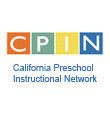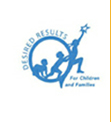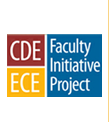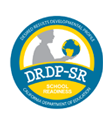Home | Assessing Dual Language Learners
Assessing Dual Language Learners
According to Patton Tabors (2008), the process of assessing dual language learners is comprised of the following three steps: determining what should be assessed, gathering the assessment information, and interpreting and using the assessment information.
The California Preschool Learning Foundations, Volume 1, (CDE, 2006) provide insight as to what should be assessed for all preschool aged children. The foundations articulate what teachers need to know about the children’s capabilities as they relate to cognitive, social-emotional, and physical development as well as first and second language development. In the case of dual language learners, it is important to note that cognitive, social-emotional and physical development are impacted by second language development; the inability to understand and/or use the language used in the classroom may impede the dual language learner’s ability to demonstrate his true capabilities. Therefore, when interpreting a child’s performance, one must take the child’s levels of first and second language development into consideration (Tabors, 2008).
The Desired Results Developmental Profile© - DRDP© is designed for teachers to observe, document and reflect on the learning, development and progress of all children in an early care and education program (CDE, 2010, p. i). To address the impact of first and second language development across domains, the DRDP asks teachers to consider the capabilities that children demonstrate in the home language as well as English. To track progress in English specifically, teachers use the four English language development (ELD) measures. Additional information about using the DRDP© is available on the Desired Results for Children and Families website.
Espinosa, L.M. & Lopez, M. L. (2007). Assessment considerations for young English language learners across different levels of accountability: A report prepared for The National Early Childhood Accountability Task Force and First 5LA
National Association for the Education of Young Children (2005). Screening and assessment of young English-language learners: Supplement to the NAEYC and NAEYCS/SDE joint position statement on early childhood curriculum, assessment and program evaluation
Read more about:





